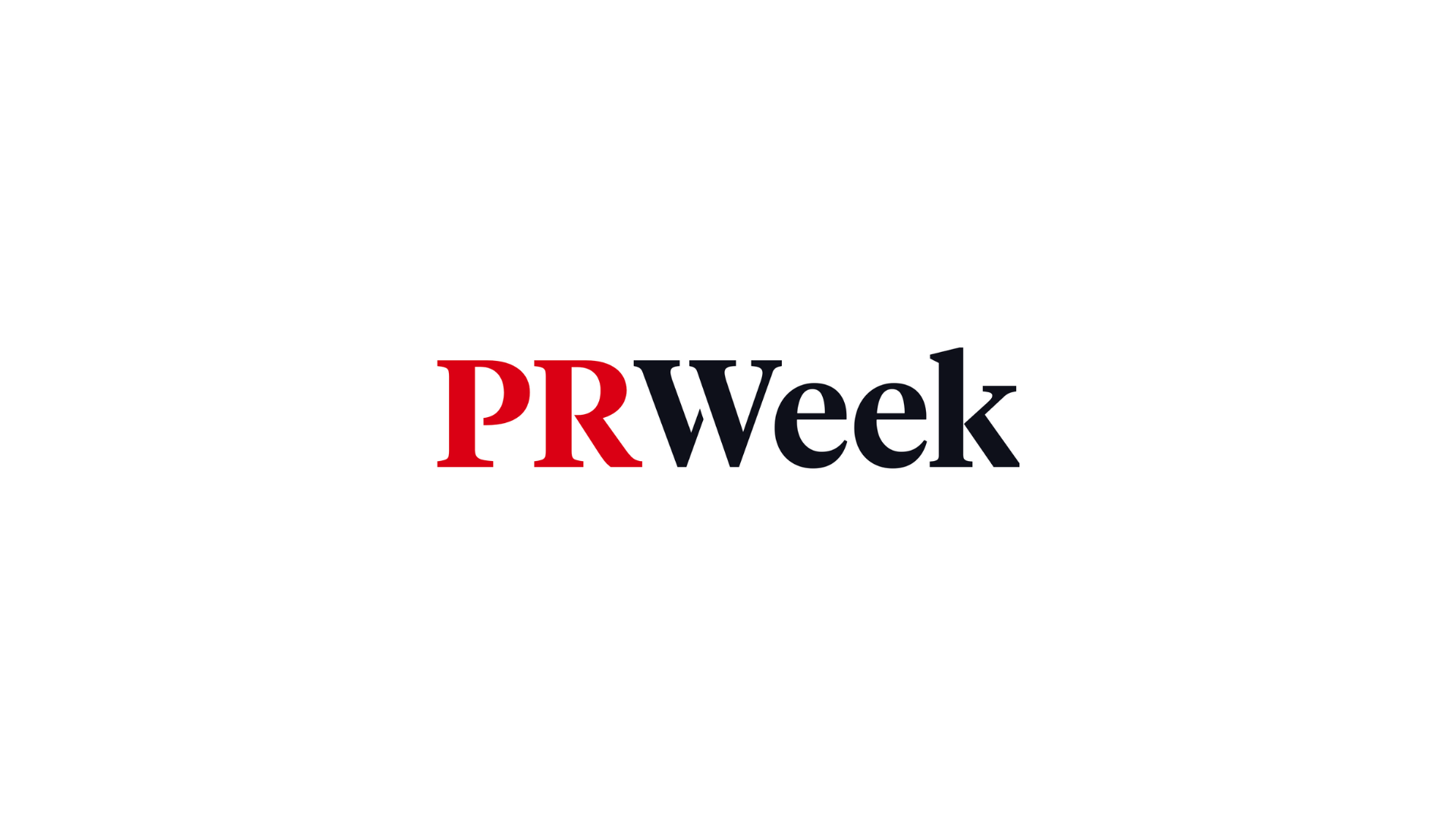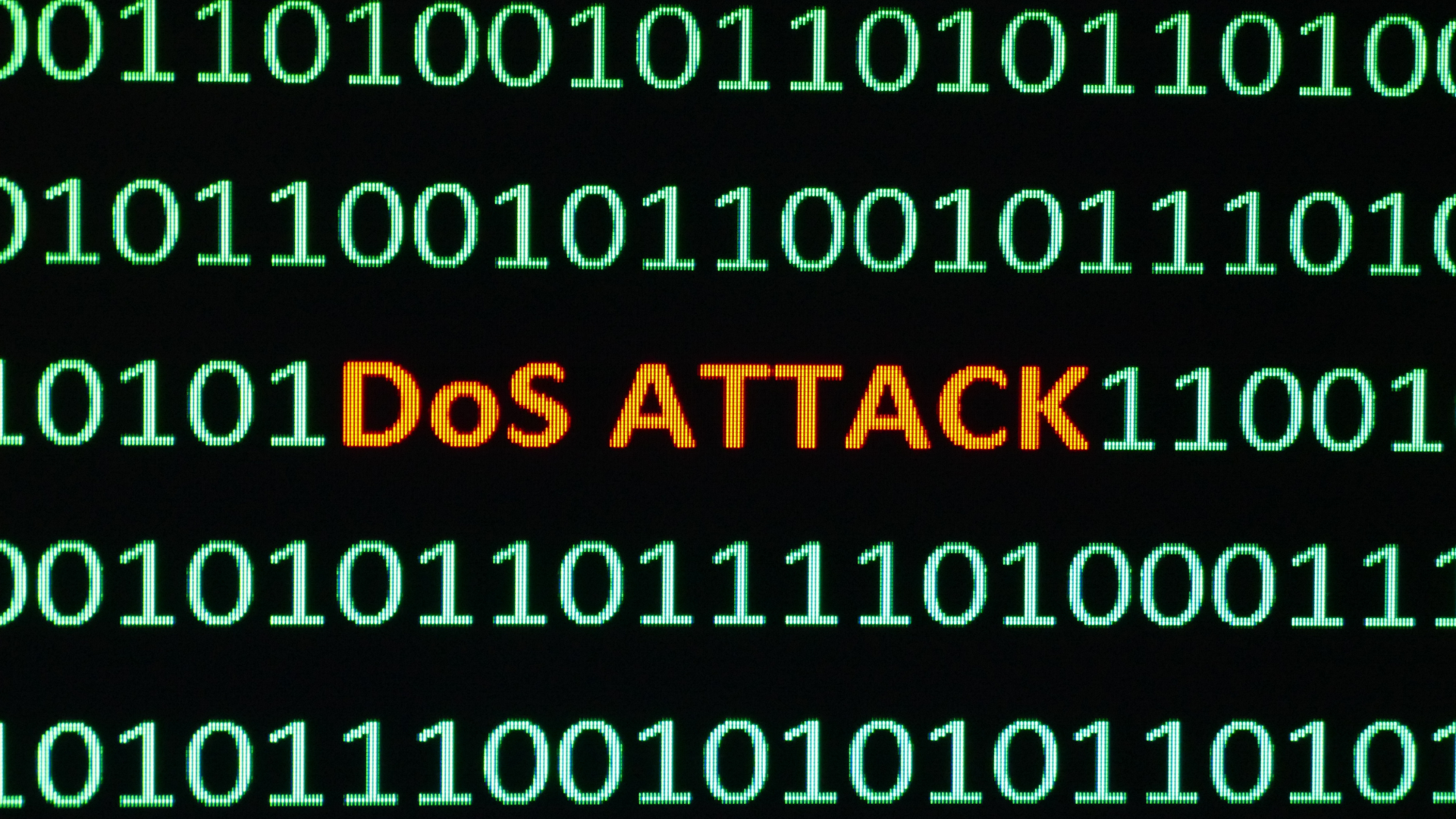Much like economic poverty lines, the CPL represents an immense gap between those with means to afford a good defence and those without. Those below the line—the poorer ones—suffer a lot from data breaches, operational hiccups, and reputation damage that the more affluent can endure with fewer consequences. While it started as a means to frame the resource-constrained organisation’s struggles, the implications of that reach far beyond security and IT teams and into the broader operational landscape, including marketing and communications.
This blog explores where the CPL comes from, how it affects different industries, and what marketing and communications professionals can do to reduce risks in their area.
Understanding the cybersecurity poverty line
At its heart, the CPL is really about resource disparity. Most organisations below the line either lack:
- Dedicated cybersecurity personnel: Small teams, sometimes with no specialists, bear the responsibility for security. They’ve got some fancy security tools, but they’re really just using old-school systems that can’t handle today’s threats like ransomware or phishing.
- Cybersecurity awareness: Without proper training, employees inadvertently become the weakest link.
These organisations are super easy targets for cybercriminals, not because they’re careless but because they can’t put money into the necessary protections.
But being below the CPL is not limited to small or underfunded organisations; large organisations fall below the line in certain areas as well, such as spotty endpoint protection or poor vendor oversight. This refers to not keeping a close eye on the companies or third parties they work with—like suppliers, contractors, or IT providers. If organisations don’t check whether their partners’ security measures are strong enough or regularly updated, they’re leaving the door open for cybercriminals. That kind puts a premium on cybersecurity assessments across all departments, not just IT.
Why the cybersecurity poverty line matters
- Rising threat complexity
No longer just about basic viruses, cyberattacks now include advanced persistent threats, ransomware-as-a-service, or supply chain attacks, which require defences that companies below the CPL just can’t handle.
- Regulatory pressure
As governments impose stricter data protection regulations (e.g., GDPR, CCPA), non-compliance due to weak cybersecurity measures exposes organisations to severe penalties.
- Reputational risk
One cybersecurity incident can destroy customer trust—all the more devastating when those who are hit have very limited resources to reinstate their reputation.
The CPL forces leaders to think about not only their financial investments in cybersecurity but their overall strategic priorities.
On the other hand, for marcomms teams, the concept of the CPL highlights areas where they must tread carefully. Campaigns and activities are increasingly data-driven, making marcomms teams both custodians and potential weak links in cybersecurity. Here’s how they can navigate this responsibility:
- Audit MarTech Tools: Ensure all tools used in campaigns—email platforms, analytics software, or social media managers—comply with security protocols.
- Collaborate on incident response: Be prepared to respond swiftly to breaches with clear, transparent communication plans that preserve stakeholder trust.
- Advocate for cybersecurity investments: Use their influence to highlight how cybersecurity impacts brand reputation and customer trust.
Rising above the line
Organisations that manage to rise above the CPL do so by prioritising cybersecurity across the board. They
- Invest in scalable security solutions. Tools like cloud-based endpoint protection and employee training platforms are affordable options that improve resilience.
- Emphasise cross-department collaboration. Security is not just IT’s responsibility—it’s a shared organisational priority.
- Spend time educating the leadership team. Decision-makers must understand that cybersecurity is a business enabler, not a cost center.
Bridging the cybersecurity poverty line demands prioritising security as a shared responsibility across all departments. With the right investments and collaboration, organisations can build resilience and protect both their operations and reputation.














